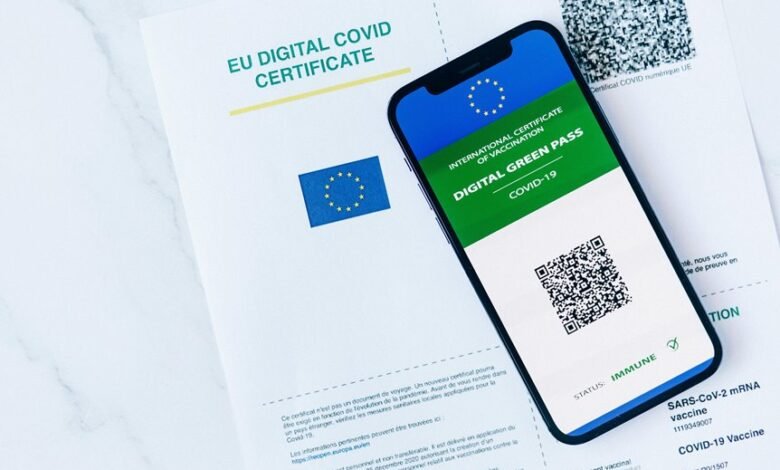Verify Identity Information 3510455346 3511960693 3888728887 3283267241 3286925939 3293342285

Verifying identity information such as the numbers 3510455346, 3511960693, and others is a critical process in the fight against identity theft. Each number serves as a unique identifier, necessitating accurate validation methods. The implications of improper verification can be severe, affecting trust in digital interactions. Exploring the various techniques for ensuring the integrity of this data could reveal significant insights into the evolving landscape of identity security. What strategies might prove most effective?
The Importance of Verifying Identity Information
Although the digital age has facilitated unprecedented connectivity, the verification of identity information remains a critical safeguard against fraud and identity theft.
Robust verification processes are essential in protecting individuals’ personal data and maintaining trust in digital interactions.
Methods for Validating Identification Numbers
Validating identification numbers is a crucial process that employs various methods to ensure the integrity and authenticity of personal data.
Manual verification involves cross-referencing documents and records, providing a thorough check against potential discrepancies.
Conversely, digital authentication utilizes advanced algorithms and databases for real-time validation, enhancing efficiency.
Together, these methods facilitate a robust framework for confirming identity while safeguarding personal freedoms.
Implications of Identity Verification in Various Contexts
The implications of identity verification extend across various sectors, influencing processes in finance, healthcare, and online services.
Effective verification technology mitigates the risk of identity fraud, fostering trust and security.
As organizations integrate these technologies, they must balance user privacy with regulatory compliance, ensuring that the freedom of individuals is respected while maintaining robust safeguards against fraudulent activities.
Best Practices for Ensuring Identity Security
While organizations navigate the complexities of identity verification, implementing best practices for ensuring identity security becomes paramount.
Prioritizing robust encryption methods and multi-factor authentication effectively mitigates risks associated with identity theft. Regular audits and employee training enhance data privacy, fostering a culture of vigilance.
Conclusion
In conclusion, the verification of identity information, such as the specified identifiers, is paramount in mitigating risks associated with identity theft and fraud. The theory positing that thorough validation enhances trust in digital transactions holds true, as effective verification methods cultivate a secure environment for personal data. By adhering to best practices in identity security, organizations not only protect sensitive information but also reinforce public confidence in their operational integrity, ultimately benefiting diverse sectors reliant on robust identity verification protocols.




